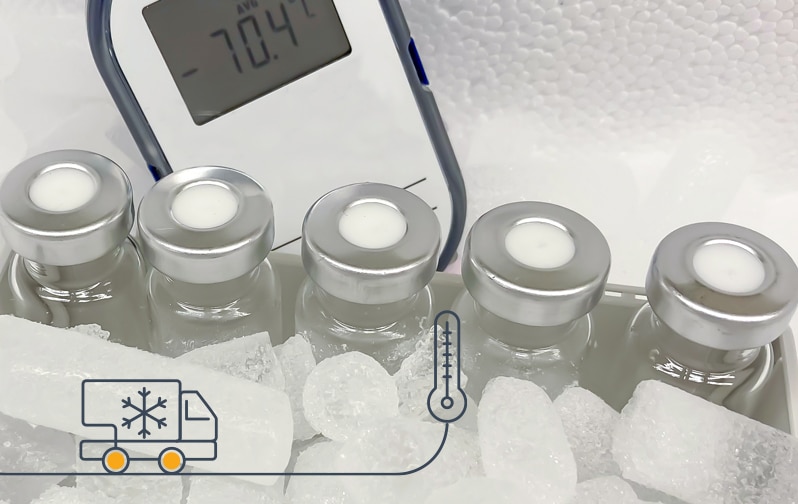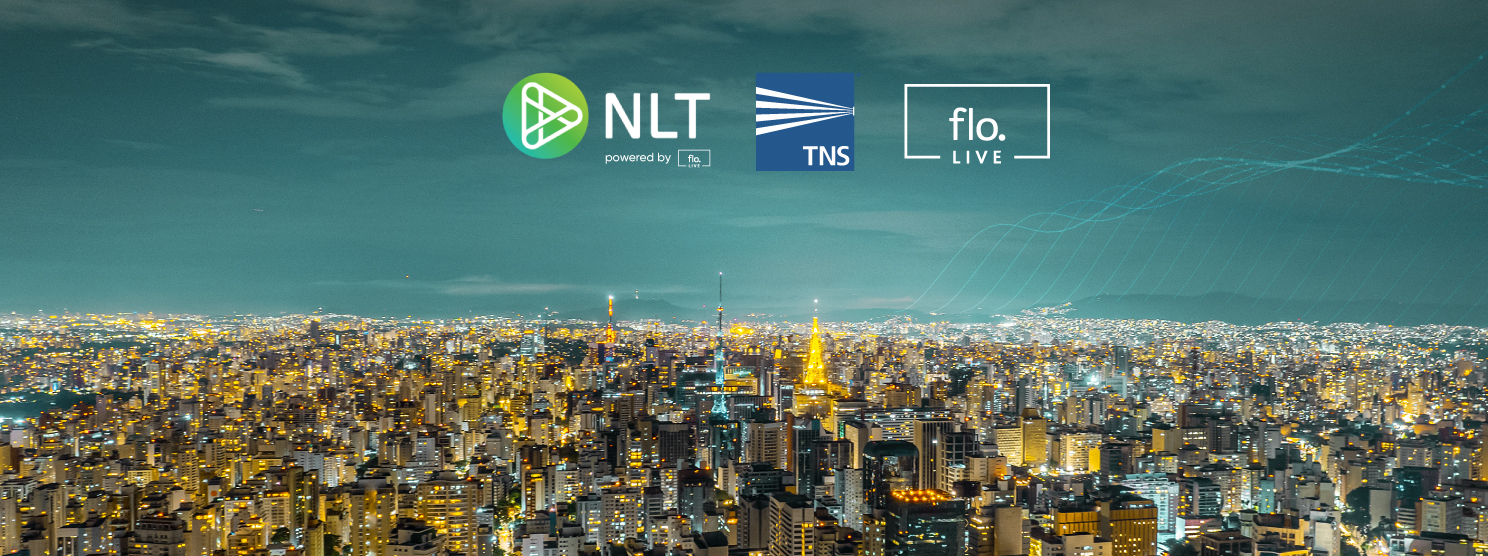Page Contents
Now That’s Seriously Cool: How IoT is Revolutionizing Cold Chain Management

Page Contents
ABI Research is referring to 2021 as the “year of the cold chain”, with so much of the public’s attention focused on how to transport vaccines that require ultra-low temperatures. Of course, while the vaccine is a new use case, cold-chain management and control is nothing new. Careful temperature control management has been a long-standing part of industries from Agriculture and Food, to Retail and Pharma.
Let’s look at some common risks, and how the best IoT solutions are knocking these out, cold.
The Cold Hard Truth About Improper Cold Chain Management
One of the main issues when looking at cold chain processes is the margin for error and the lack of visibility. This is more than just an operational headache. After all, issues with cold chain management and cold storage can lead to spoiled food or ineffective medicines, both of which have a real and measurable impact on safety.
Historically, perishable supply chain management and cold chain logistics have been a complicated problem to get on top of. One reason is the changing conditions that any mobile cargo is subject to. Tracing cold chain transportation has always been difficult, and there were often multiple blind spots between warehouses or suppliers and their buyers. During transit, unexpected delays could occur due to traffic, poor weather, or even personal issues affecting staff. These were tracked subjectively, with no real way to ensure accurate information, especially considering it is generally in the driver’s best interests to report favorably on the cargo. Even with the best will in the world, manual logging of temperature range is known to be inaccurate, and prone to errors due to forgetfulness or haste.
On a more global scale, regulations around cold chain management change all the time, and can influence the ability to compliantly transport, store, and manage the cold chain. Even with one consistent standard to keep to, fluctuating temperatures is a real problem, especially when cargo is moved from one vehicle to another, or changes hands. Without visibility into the temperatures en-route at every stage, these can go unnoticed, and impact the quality of the produce being moved. To help keep cargo at the right ultra-low temperatures, some vendors will pre-chill their freight, but for buyers to be confident that these practices are being kept to, they still need greater insight and visibility than is often provided.
Putting Your Fears on Ice – IoT and Cold Chain are a Great Match
IoT technology has offered up solutions for many of these cold chain management challenges, providing logistical and tracking sensor technology that allows temperature monitoring and status of cold chain cargo and freight. Up until now, these have had their own problems, such as patchy availability, occasional losses of connectivity, delays in information returning to the stakeholder, or general issues with IoT device uptime.
Today, modern connectivity management platforms, helped by 5G and LPWAN technologies are sidestepping these problems, offering intelligent solutions that utilize autonomous switching with different networks all on the same SIM so that your device connectivity never misses a beat, and future-focused approaches to reducing latency and thereby optimizing device battery, availability, and performance. For the cold chain, this is revolutionary. Here are just a few examples of how floLIVE could support with transformation within the logistics sector using these technologies.
Real-time Location and Tracking
If you’re a cold chain manager, view all of your tracking devices on a single dashboard, immediately ascertaining where your shipments are, and of course how cold they are, too. Monitor details such as temperature, humidity, impact, location and more. Need even more granular security and QoS? Read about our Mobile Private Network solution.
Auditing Data
Generate an audit trail to stay on top of the performance of any partner, and prove your adherence to quality standards in case of any problems further down the line. Reduce price renegotiations and waste by providing proof of best-in-class cold chain management to any stakeholders in the value chain. Standards or regulations change? Simply update your policies centrally and you’re good to go.
Alerts and Warnings
Never miss an issue with a single shipment, with smart alerts set up for when cargo reaches certain thresholds. This could be when it dips above a certain temperature, allowing the driver to reroute the freight as necessary, or to alert managers when cargo is making unscheduled stops or changes. With full visibility, identify problems on a granular level, down to mold, mildew or poor equipment for a single shipment.
Accuracy and Cost Efficiency
With IoT, temperature logging can be automatic, with no need to think about manual subjectivity or error. Monitoring can occur centrally, taking the pressure off the handler to report back. floLIVE is cloud-native, and operates as-a-service, so it’s all OpEx and zero CapEx from the start. Lastly, with smart battery and device management, your iot enabled temperature sensors can last for years, offering great ROI.
Don’t Get Left Out in the Cold
Cold chain management is changing, and IoT is right at the forefront of that change, making logistics and tracking more straightforward, accurate, cost-effective, and intelligent. If you’re ready to start talking about your unique business use case, let’s connect.
Join Our Newsletter
Get the latest tips and insights in our monthly newsletter.









